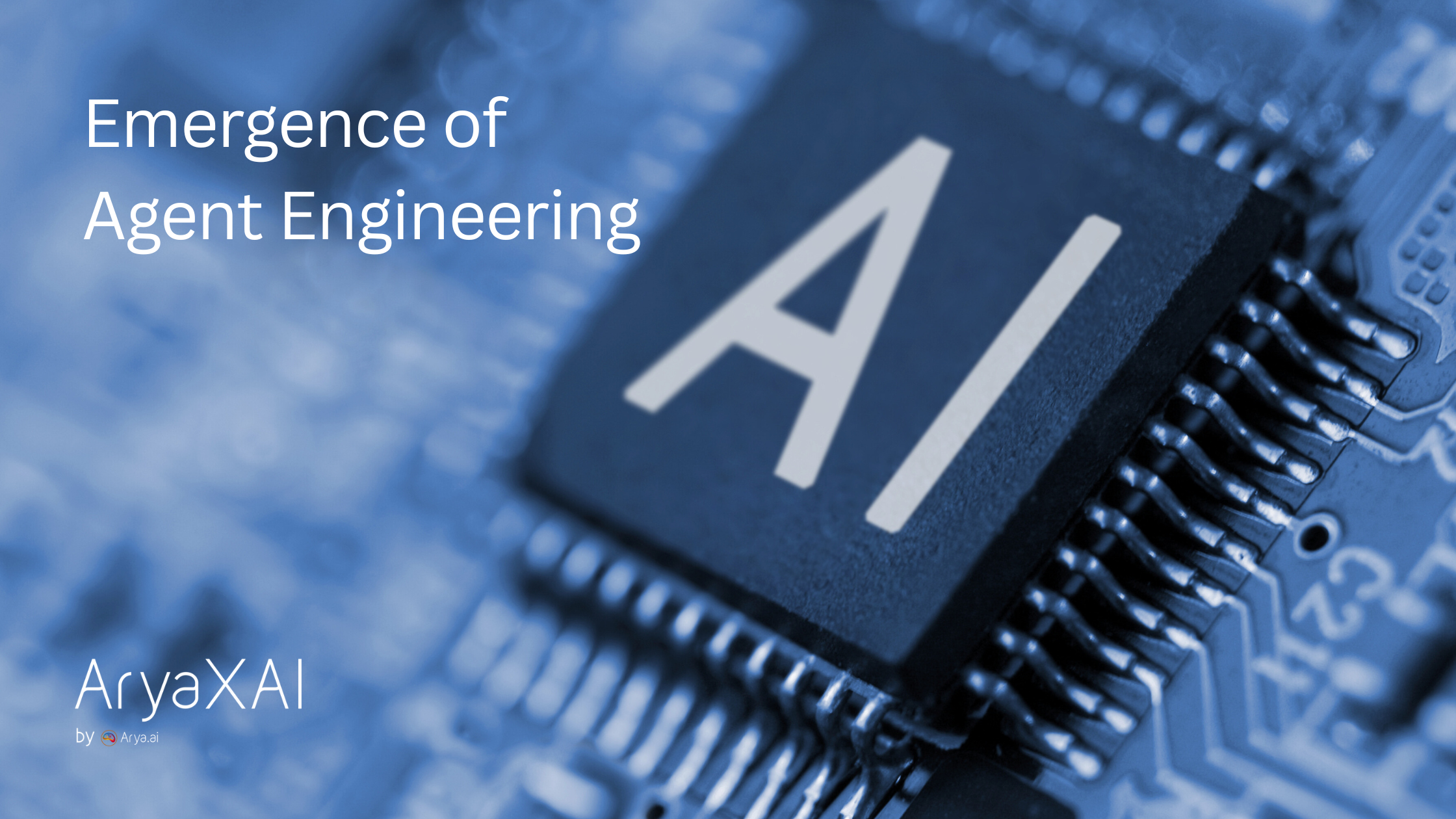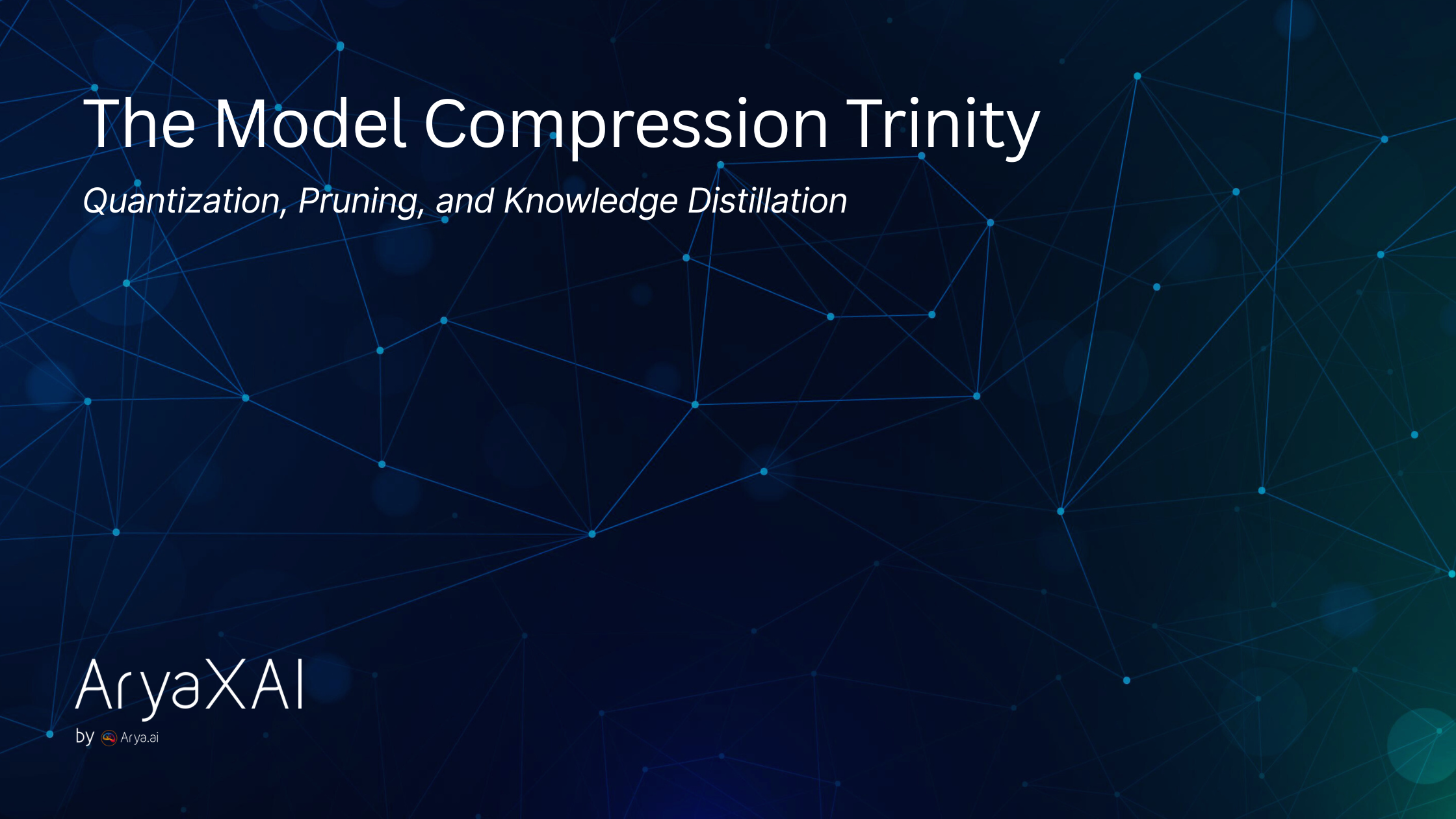Verticalisation of AI platforms – how to move from horizontal
June 29, 2022

A vertical AI strategy provides the opportunity to enterprises to have a laser-focus on a particular domain or a use case, adapting well to the customer's need as compared to horizontal platforms.
There has been a surge in demand for AI, clearly visible in enterprises and small firms alike. To keep up with the ever-changing technological landscape, regulatory and legal environment and customer demands, enterprises are devising new ways to scale their AI projects, especially in mission-critical functions.
Yet, before enterprises formulate ideas or experiment with AI, they need to map the use case they are looking to solve and measure the solution against this use case. There are multiple ways to deploy AI, and if a particular strategy provides efficient implementation and results, only then should it be implemented.
Interestingly, the adoption of AI has primarily been driven by horizontal or general-purpose platforms so far. A newer strategy, ‘Vertical AI’ is now driving industry-specific deployment.
Let us first understand the difference between both
Horizontal platforms are general-purpose platforms designed for everyone and any use case, regardless of the industry– any user can come on-board and start using the platform.
Horizontal AI platforms enable data scientists to complete the data science workflow more efficiently. The customers of horizontal platforms are usually developers, data scientists, etc. Some examples include Watson, Sagemaker, Google Cloud AI Platform and others. These platforms, however, create several challenges for the stakeholders because of their complex nature and ‘one size fits all’ approach.
Unfortunately, most businesses today require data science experts to use horizontal AI platforms and need additional solution layers to make these models ‘usable solutions’. This includes human in the loop processes, feedback labeling, auditing, tool-specific pipelines etc. According to Gartner, 85 percent of AI solutions by vendors will focus on concrete domains and industry verticals.
This is where a vertical AI platform comes in as an advantage. A vertical AI platform owns the entire workflow to solve a targeted customer’s need or use cases. Also referred to as Industry-specific platforms, they are specialized for a specific vertical with all relevant vertical-specific requirements instead of having a generalised problem-solving approach and then applying it to industry-specific problems.
These platforms are developed to provide a complete product from end to end, from understanding the business needs to monitoring product performance.
Prima facie, an industry-specific platform for the BFSI industry appears to be a step in the right direction. The question is, why should they invest in it?
Why invest in a vertical AI platform?
With the rise in investments and continuing adoption of AI across industries, the solutions are becoming more business-driven and vertical-specific, leading to more specific AI market segments.
There are many industry-specific hurdles, such as regulatory and compliance frameworks, data privacy requirements, audit and control requirements, etc. which is especially true for an industry like BFSI.
Domain-specific AI platforms and offerings accelerate the AI adoption in BFSI industry and shorten the path to production by reducing the development time and associated risks in AI roll out, including industry specific use cases like Underwriting, Risk Monitoring, Customer personalization, Product recommendation, Persistency modelling etc.
Moreover, this will also help bring together AI expertise in the industry, pushing the compliance efforts and figuring out common approaches to ethics, trust, and reputational concerns.
As per Gartner, here are the top three AI application types currently in use (in percentage) and the most common AI applications.

Why does BFSI need an industry-specific AI platform?
Processes in BFSI are complex, multi-faceted and highly regulated with many mission-critical functions, hence investing heavily in Risk management, Data control, and Infrastructure. Large-scale adoption of AI in such an industry needs more than simple model building tools. There are various considerations on approach and strategy that multiple teams focus on.
BFSI Industry:
- Is susceptible on all things data
- Discourages Black box models
- Needs advanced risk and audit controls
- Requires balance between regulator/risk requirements and protection of consumers
- Business ownership is vital for AI products
Designed to handle a broad-range of use cases, horizontal platforms won’t ‘own’ a specific use case. Hence, they cannot perform as well for each one individually, creating associated risks. Moreover, business users, the end-consumers of AI decisions, are left in a fix while applying technical, non-domain-specific horizontal solutions to their use-cases.
In an industry handling sensitive data and strict regulatory requirements, it is essential to have governance, controls and trust in AI processes, while also offering transparency to customers.
AI knowledge and experiences should be shared across teams, creating a governance and control structure. Vertical platforms enable Data science teams to handle the building blocks of AI acquisition and then hand over the reins to business teams for further implementation. Internal efficiencies are then driven through collaboration, actionable insights and increased controls.
How is the industry solving it today?
AI in BFSI is largely fragmented with no clear market leader. Like in any adoption cycle, early adoption of AI is driven by services (internal or procured) and point focused solutions.
- Services driven: Upon the requirement, tech companies or internal teams use horizontal platforms and build user-specific requirements.
- Point focused solutions: Few use case specific solutions are offering point focused solutions that match or nearly match the requirements of the industry users.
General purpose tools often underwhelm the expectations of the user, and while point focused AI solutions offer the speed and cost advantage, but being point focused, they are rigid, and it becomes exponentially chaotic to manage multiple solutions within an organization.
Hence, they take a complex, expensive and chaotic journey to deploy AI.
Vertical AI is poised to fill this significant gap left by general purpose and horizontal platforms.
Vendors building vertical offerings
There are a lot of AI vendors offering platforms with a niche focus on specific industries like Healthcare, Insurance, Financial services, Autonomous Cars etc. We are seeing various horizontal AI vendors joining the league too, by building on top of their own platforms, to narrow their focus on specific verticals or use cases.
An AI platform designed for the Healthcare industry can detect anomalies in x-rays or images, to diagnose a disease, which otherwise would have gone undetected by a doctor.
In the BFSI sector, Arya.ai, India’s first deep learning startup founded in 2013, offers an industry specific AI platform coupled with off-the-shelf modules for BFSI, providing the flexibility of a platform along with scalability of point-focused solutions. Modular functionality of the product stack offers complete flexibility for financial Institutions to pick the use case of choice and upscale the modules as required. Given the regulatory requirements and operational risk, Arya.ai offers a comprehensive AI Governance framework called AryaXAI to contextualize ML observability to address industry specific needs like – Model Audit, User controls, Explainability and traceability.
Pega is another startup from Massachusetts, US provides a banking specific platform to simplify banking processes such as operations, customer onboarding and KYC, customer service, etc. to provide seamless experiences across channels.
Zest.ai, a US based startup had verticalized AI offering to underwriting where the users can even build their own credit underwriting models on the platform.
In the industrial sector, vertical platforms can be used for predictive maintenance of machinery. C3.ai is one such company, whose AI platform aggregates volumes of data from various sources, to determine how likely a machine is going to fail. Companies in the transportation, manufacturing, oil and gas, telecommunications, defense, etc. are using C3.ai’s platform to optimize their businesses.
A vertical AI strategy provides the opportunity to enterprises to have a laser-focus on a particular domain or a use case, adapting well to the customer’s need as compared to horizontal platforms. Vertical AI is here to stay, truly enabling enterprise-wide AI adoption and scalability. This trend will provide interesting solutions for various use cases, and democratize AI experimentation across industries.
This article is published at Analytics India Magazine. To read the article, visit: https://analyticsindiamag.com/verticalization-of-ai-platforms-how-to-move-from-horizontal/
SHARE THIS
Discover More Articles
Explore a curated collection of in-depth articles covering the latest advancements, insights, and trends in AI, MLOps, governance, and more. Stay informed with expert analyses, thought leadership, and actionable knowledge to drive innovation in your field.

Is Explainability critical for your AI solutions?
Schedule a demo with our team to understand how AryaXAI can make your mission-critical 'AI' acceptable and aligned with all your stakeholders.
























